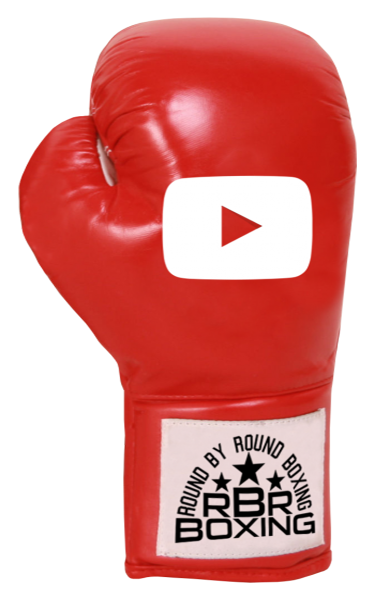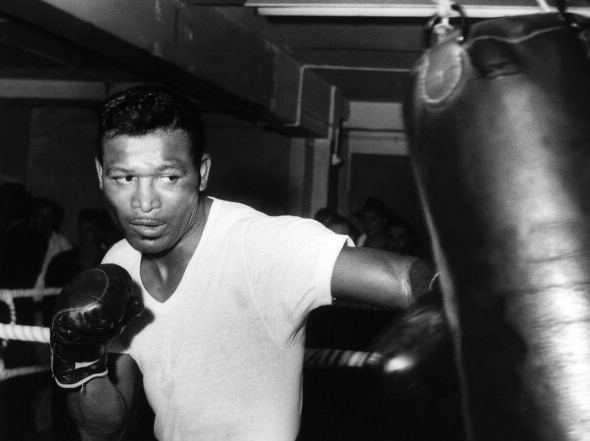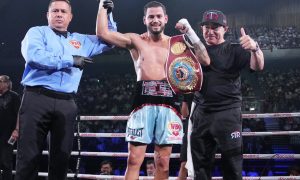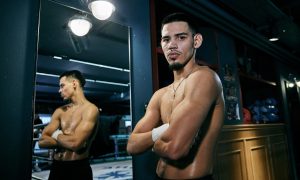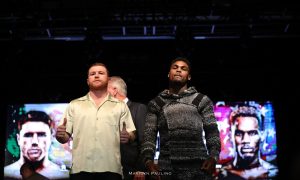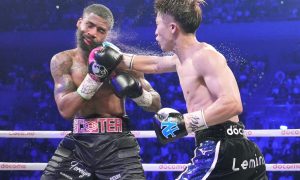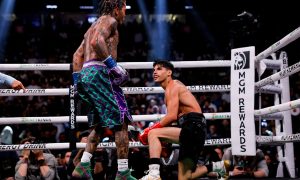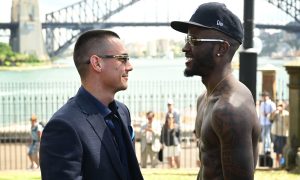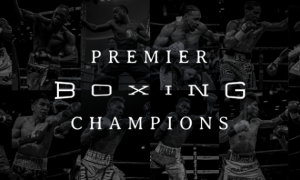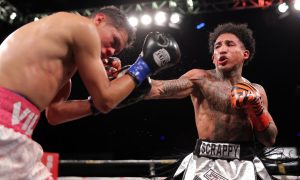2. Henry Armstrong 151-21-9, 101 KOs
Birthplace: Columbus, MS
Professional Career: 1931-1945
“Homicide Hank” is not the first fighter on this list born in 1909 (some say 1912) but he is certainly the best.
Theodore Roosevelt who is the only three term U.S. President, former boxer and friend of legendary John L. Sullivan turned the keys of the country over to polar opposite 27th president William Howard Taft, the U.S. Navy founded a base in Pearl Harbor, HI and the Manhattan Bridge was opened.
Henry Armstrong turned professional in 1931 at the age of 21 and lost three of his first four fights. In today’s Instaworld where soundbites, selfies and social media ridiculously determine a fighter’s future and somehow define their legacy he would have been doomed from the beginning. What we received in fact is arguably the second greatest fighter to ever lace a pair of gloves. Yes, they used to lace their gloves.
Armstrong was a world champion in three of only eight weight classes at the same time. No, “silver” championship, no WBA this or WBC that..simply world champion. He was an I will step in the ring, no catchweight, no rehydration and no politics, “lets fight” fighter.
He was tough in the toughest of times and became great in a time of greats as his tireless, volume punching, aggressive style won fans and championships. Armstrong was truly one that would have to be seen to be believed.
In 1937 Armstrong reeled off 22 wins with 21 knockouts before claiming the featherweight championship with a six round stoppage victory over Petey Sarron.
Approximately six months later Armstrong challenged all-time great Barney Ross for the welterweight championship of the world and left with the belt after pounding the massively courageous Ross for 15 rounds.
In his very next fight Armstrong dropped down to lightweight to relieve Lou Ambers of his world championship in one of the greatest title fights in history via 15 round split decision despite being penalized four rounds for fouls.
In a span of just 10 months Armstrong had annexed the featherweight, lightweight and welterweight titles and held them all concurrently.
He returned to welterweight in his next fight to successfully fend off the challenge of Hall of Famer Ceferino Garcia despite weighing in at only 134 pounds, the same weight at which he won the lightweight championship.
Garcia was the first of seven welterweight defenses before the multi-tasking Armstrong finally released his grip on the lightweight title in a return match with former champion Lou Ambers.
In October of 1939 the ever energetic Armstrong successfully defended his welterweight championship five more times in just 21 days.
Armstrong ultimately defended his welterweight crown almost 20 times before relinquishing it to fellow Hall of Famer and 132 fight veteran Fritzie Zivic.
While Armstrong never regained the welterweight championship he continued to campaign and engaged in another 50 fights at the 147 pound limit including a clash with Sugar Ray Robinson which featured arguably the two best fighters in history. Robinson won a 10 round decision.
It is said that upon Armstrong’s death that it was discovered that his heart was a third larger than the average man’s which allowed him to consistently fight at his famously furious pace without the fatigue because of the extra oxygen it provided to his bloodstream.
Whether biological fact or popular pulp fiction, Armstrong’s endurance and swarming style made him a three division champion, fan favorite and all-time great.
Greatest rival: This is a tough one but it is likely Fritzie Zivic who defeated Armstrong twice in championship fights.



